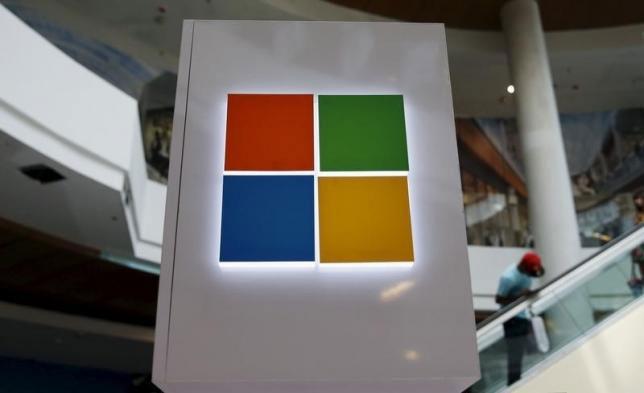You are here
Still in love with laptops
By Jean-Claude Elias - Apr 17,2014 - Last updated at Apr 17,2014
Consider the following technical computer characteristics. A blazing Intel i7 processor at 3MHz, a massive 16GB of memory, a gigantic 1TB hybrid hard disk, superfast NVidia 2MB graphics, USB3.0 ports aplenty, a crystal-clear and sharp monitor with true colours, HDMI output, high definition sound and image, and last but not least, a BluRay player. This is not a dream-like checklist for a server machine for a large corporation but a humble though powerful modern-day laptop computer.
If you are thinking Dell, then its XPS series will easily match the above. If Lenovo is more your cup of tea, you may want to go to its T-Series for sheer power. If you like Toshiba better, then its muscular Qosmio X Series might be just what you are looking for. As for Apple and HP they offer, respectively, the magnificent Macbook Air and the stunning Spectre models.
If you think that only tablets and smartphones are attractive and come with trendy, glitzy features, think twice and remember that laptops today are at least as gorgeous if not more, albeit with a significant difference. This difference lies in the fact that laptops are more “genuinely”great, with fewer gimmicks than their physically smaller counterparts.
Admitted, today smartphones and tablets have taken centre stage in the media and occupy most social talk after hours.However, these otherwise nice devices come with a smokescreen of not-so-useful features, often astutely used by the manufacturerto hide weaknesses and shortcomings. Laptops on the other hand have considerably matured and constitute portable powerhouses with well-tested features and functionality, free from passing trends and gadgets.
Moreover many laptop models today come with touch screens, thus challenging smartphones and tablets on their own turf and unleashing all of the functionalities of Windows 8.1, especially those that distinguish it from its predecessors, Windows 7 and the versions that came before.
Virtually every single weakness of previous laptop computer design has been addressed by the industry, eventhe dreaded battery life question. Laptop batteries now last clearly longer than what it used to be a few years ago and we’re almost at the one full day of use landmark that smartphones and tablets have set. Actually Apple Macbook Air 13-inch already claims 12 hour and Lenovo T-530 15 hours. There is no question here about the fact that every aspect of a laptop is great and has been noticeably improved with time.
Power still comes first, of course. This is what mainly sets laptops miles ahead of smartphones and tablets. This is particularly true when you are running several applications at one time, which most of us do most of the time. Even the excellent Apple iPhone 5S or Samsung Galaxy S5 are no match for a good, solid laptop.
Clarity of display and screen size, memory capacity, storage capacity, speed of the wireless connection, everything works well and fast with a high-end laptop. And even if the prices in this league start at about $1,200 and go all the way up to $4,000 or $5,000, it’s still worth it.
Virtualisation, the possibility to create additional “virtual” machines on one physical computer, used to be only doable on big servers. It is today possible with high-end laptops. I know it for doing it all the time.
I like my tablet, my smartphone and my laptop. But if I always find a good use for each of them, depending on the context and the moment, I’d say I could perhaps live without the first but not without the last two: the smartphone because we all absolutely need a device that is that small and can be carrying around all the time, despite any lack of power; the second because it does everything that needs to be done in the digital world we are living in, and because it does it well and fast.
Related Articles
The world and the specialised media keep trying to impress us with hot but somewhat mysterious IT topics such as bitcoin, blockchain, driver
Whereas we definitely need several elements to satisfy our technology needs and to communicate with the world, one item remains the essentia














